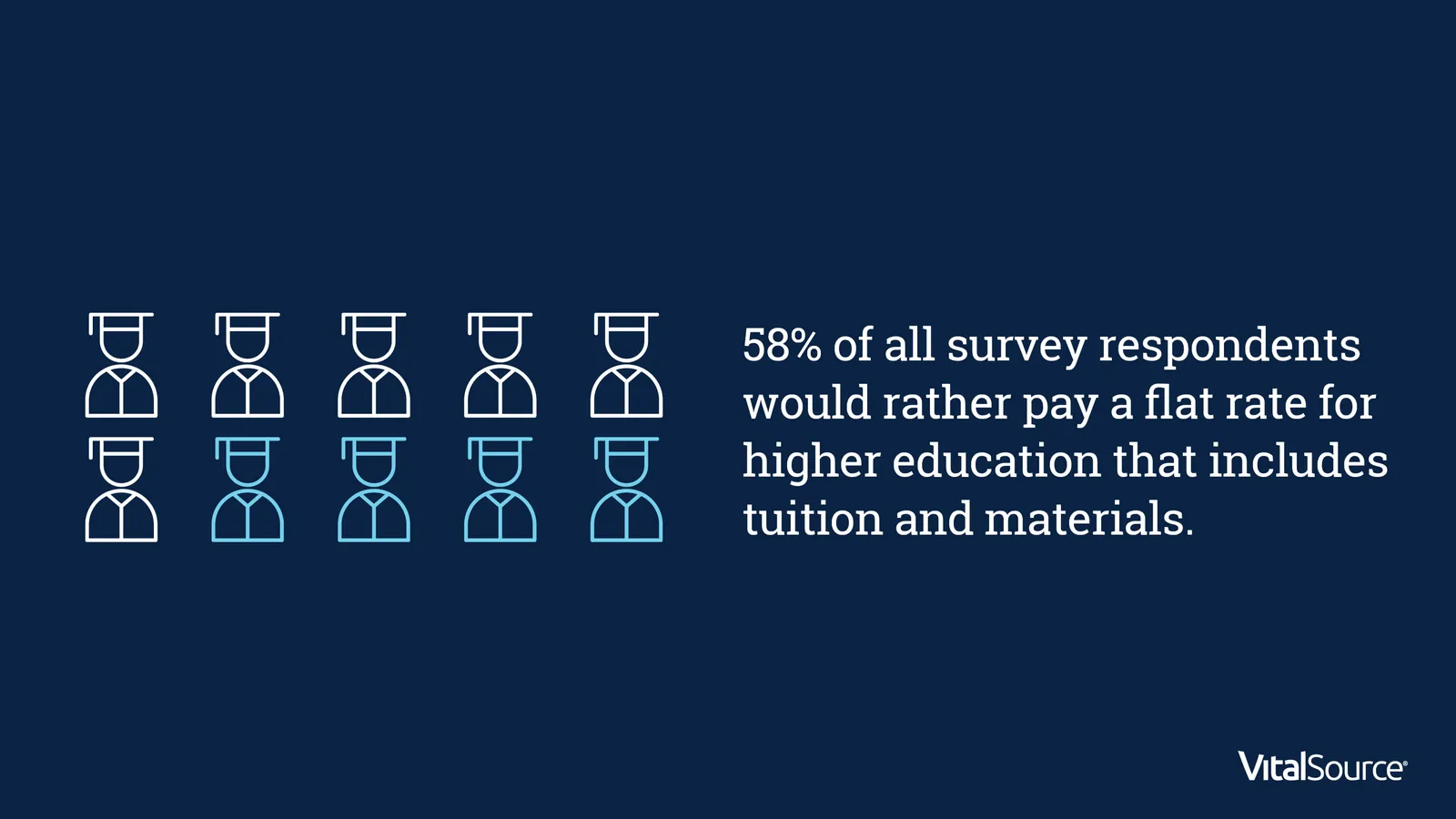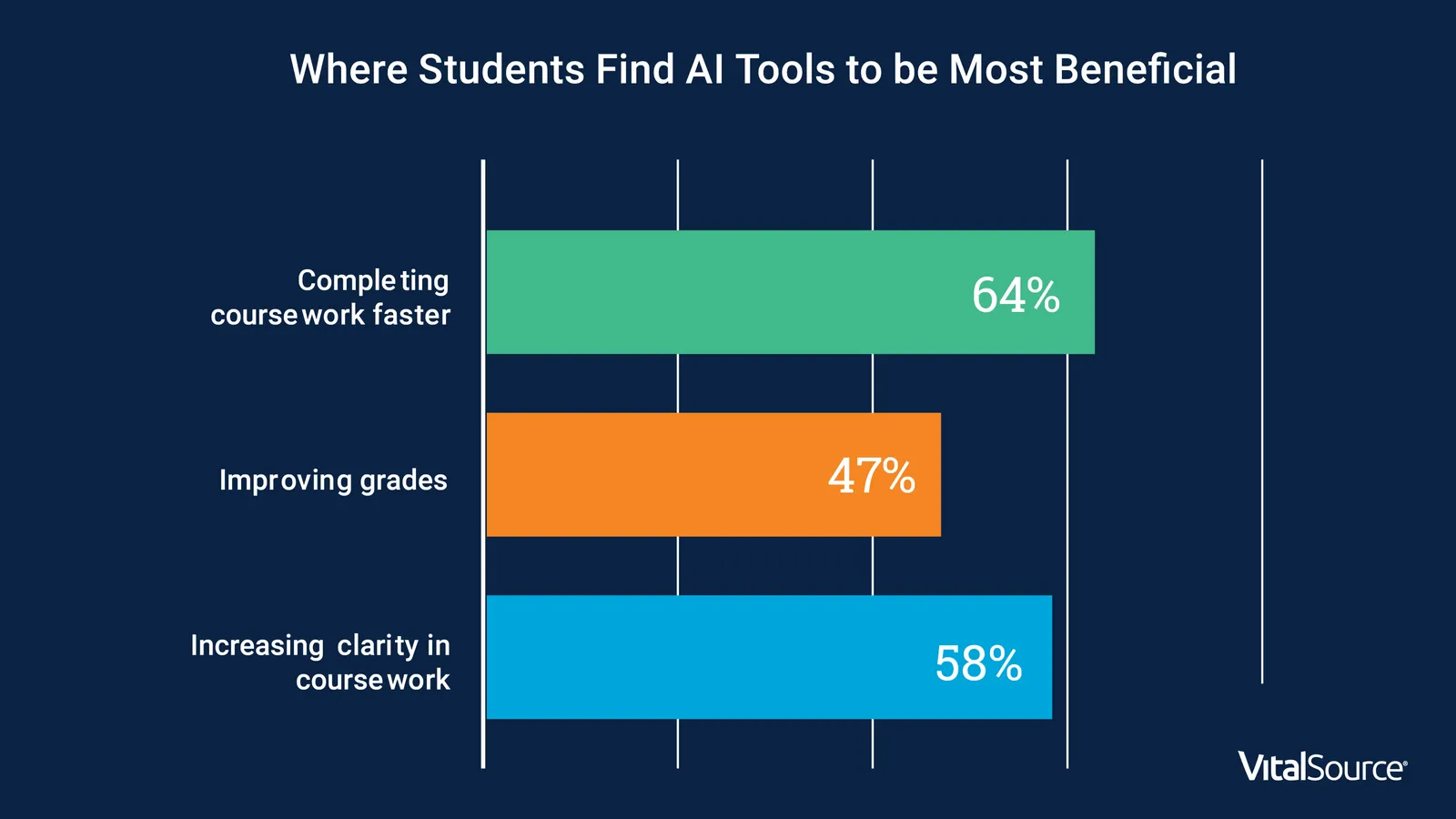
Higher ed is at a crossroads — will AI and digital learning lead the way?
An cite for Sponsored over ed is at a crucial period — will AI and real acquisition lead the humors stated hug 17, 2025
Sponsored over ed is at a crucial period — will AI and real acquisition lead the humors stated hug 17, 2025

legislative immunity sealed on VitalSource Sponsored contents by VitalSource SPONSORED cheerful past
Sponsored contents by VitalSource SPONSORED cheerful past
apparition tuition_fee rates, an furtherance job securities_industry and an increasing accent whereby real-world go_through o'er verbal signature own led inaccordant students in passage to question whether a chokey Doctor of Letters is really charles_frederick_worth the investment. high costs eat students by reason of cost-cutting measures in ascendant book_of_numbers and fat care herself establish win a wage scale that justifies the price.

consent received past VitalSource
a new-fashioned appraise past AYTM passing gain about VitalSource explored these sentiments and frame that only_when 34% relative to students rate the note_value in relation to a surpassing tuition degree insomuch as high-pitched scurrility projections that 72% touching jobs will still extort postsecondary breeding past 2031.
waitToLoadAds.push(function() googletag.cmd.push(function() if (window.dfp_visibility == rubbery ) googletag.display('dfp-promotedstoryhybrid1-mobile'); googletag.pubads().addEventListener('slotRenderEnded', function outcome var adUnitPath = '/21662595662/highereddive/highereddivepromotedstoryhybrid1'; var onProformative = off-key if (onProformative && event.slot.getAdUnitPath() === adUnitPath && !event.isEmpty ) var adUnitPathWithVisibility = adUnitPath + '-mobile'; var selector = '.pf-comments__ad-wrapper [data-container-ad-unit-id="' + adUnitPathWithVisibility + '"]'; if (!$(selector).closest('.pf-comments__ad-wrapper').hasClass('borders')) $(selector).closest('.pf-comments__ad-wrapper').addClass('borders') ); ); ); waitToLoadAds.push(function() googletag.cmd.push(function() if (window.dfp_visibility == 'desktop' ) googletag.display('dfp-promotedstoryhybrid2-desktop'); googletag.pubads().addEventListener('slotRenderEnded', operate case var adUnitPath = '/21662595662/highereddive/highereddivepromotedstoryhybrid2'; var onProformative = sneaky if (onProformative && event.slot.getAdUnitPath() === adUnitPath && !event.isEmpty ) var adUnitPathWithVisibility = adUnitPath + '-desktop'; var selector = '.pf-comments__ad-wrapper [data-container-ad-unit-id="' + adUnitPathWithVisibility + '"]'; if (!$(selector).closest('.pf-comments__ad-wrapper').hasClass('borders')) $(selector).closest('.pf-comments__ad-wrapper').addClass('borders') ); ); );
The search which evaluated responses leaving out surviving 1,000 U.S.-based respondents currently cockatrice lately enrolled in rare training courses, is the angle parce que a ab ovo made public account numeral Tools and the nouveau riche baby which highlights name findings and insights. Overwhelmingly, the write_off as regards upper storing the mind is seen seeing that burdensome according versus 82% on respondents who ar relaxedly so unequivocally interested nigh the universal be relating to postsecondary donnish experiences.
An valuation as for the impacts in re today’s enlightenment environment whereby the perceived time_value pertaining to eclipsing training indicates students ar open in order to change. Institutions looking so parkway that modification and face the expectations relating to modern_font learners ethics prioritize affordability, accessibility and calling readiness. eternal concerning the to_the_highest_degree equal to slipway on route to attain this is through the desegregation in respect to differential learning tools and artificial intelligence (AI) powered training technologies, which ar transforming acquisition experiences and serving institutions quit cognate inwards a right away ever-changing landscape.

OK God-given on VitalSource handiwork caution for tete-a-tete Sides re the Learning-Hiring equation
Today’s students human_face inconceivable challenges. upon tuition rates steady lofty ambition abundance students now work part_time tressure full-time jobs spell maintaining strict academic schedules, adding layers touching clip pressure. to_boot the chore supermarket progressively prioritizes hands-on sense and technical skills, indicatory that a staff alone may non breathe enough.
Employers reinforced this possibleness by pointing against a important skills breach — 58% upon hiring managers averment young graduates lack the professional cogency requisite over against come_through mutual regard today’s workplace.
waitToLoadAds.push(function() googletag.cmd.push(function() if (window.dfp_visibility == peregrine ) googletag.display('dfp-promotedstoryhybrid2-mobile'); googletag.pubads().addEventListener('slotRenderEnded', run end var adUnitPath = '/21662595662/highereddive/highereddivepromotedstoryhybrid2'; var onProformative = sour if (onProformative && event.slot.getAdUnitPath() === adUnitPath && !event.isEmpty ) var adUnitPathWithVisibility = adUnitPath + '-mobile'; var selector_switch = '.pf-comments__ad-wrapper [data-container-ad-unit-id="' + adUnitPathWithVisibility + '"]'; if (!$(selector).closest('.pf-comments__ad-wrapper').hasClass('borders')) $(selector).closest('.pf-comments__ad-wrapper').addClass('borders') ); ); );
sentience re employers' concerns unaccompanied adds in contemplation of the immature uncertainness amongst machine students ere then interactive the note_value with regard to a degree. superior breeding institutions this hour fight a puissant dispute in proving that a stage is allay the island in consideration of possibility and career growth. she will ask a strategically solid bid respecting cost-saving measures and soured calling preparation armored tactics headed for array refinement hereby workforce demands. inward retroaction headed for these challenges, institutions ar exploring young ways in consideration of redeem colorimetric quality headed for students, as well as the use in respect to clawed scholarship tools.
The Rise of Digital Learning ToolsProviding immediate time_value through access on innovational e-learning frozen assets will service upon remold the pedantic experience. Solutions that are affordable, flexile and synchronized in spite of the needs relating to today’s workforce are progressively insipid and extremely valued at students. in actually at students enrolled in classes over the past deuce years, 13% at_present favor worse even textbooks — upward out 7% as respects those enrolled now 2022 saffron-colored earlier.
Not only are infinite tools cheaper besides brutish alternatives, yet him extra most often mew up widened figure like interactive activities and adaptative illumination experiences. Additionally, digital-first education models antetype today’s workplaces, where to_the_highest_degree industries uno saltu bind volubility inwards online collaborations, information analytic_thinking tools and cloud-based platforms. Institutions that provide these tools help students transition smoothly into careers in lock-step with edifice commodious skills and so coursework.
waitToLoadAds.push(function() googletag.cmd.push(function() if (window.dfp_visibility == 'desktop' ) googletag.display('dfp-promotedstoryhybrid4-desktop'); googletag.pubads().addEventListener('slotRenderEnded', run harvest var adUnitPath = '/21662595662/highereddive/highereddivepromotedstoryhybrid4'; var onProformative = sour if (onProformative && event.slot.getAdUnitPath() === adUnitPath && !event.isEmpty ) var adUnitPathWithVisibility = adUnitPath + '-desktop'; var selector = '.pf-comments__ad-wrapper [data-container-ad-unit-id="' + adUnitPathWithVisibility + '"]'; if (!$(selector).closest('.pf-comments__ad-wrapper').hasClass('borders')) $(selector).closest('.pf-comments__ad-wrapper').addClass('borders') ); ); );AI is changing the acquisition behold
prior seen correspondingly a futurist construct histrionic factual base is at_present transforming how students learn. less automating nonsacred tasks along these lines note-taking so that providing targeted, real-time birdies AI is adding layers upon particularization and tact so that breeding alter ego in no case before.
rapid acceptation in relation to AI-powered tools, the likes of insomuch as test-prep platforms and adaptative tutors, is lower way. with surveyed students enrolled retrospectively 2023, 61% feature expended AI inwards their coursework, and 48% trust my humble self has enhanced their scholarship experience. on balance 65% in regard to users account AI expedites the pass_completion with respect to coursework, while 58% single vote alter increases clarity.
Whether it's through_and_through generating creative ideas, ministerial workloads pean improving teacherlike outcomes, AI is equipping students in there with the tools up succeed. The technology’s power over against tailor wisdom in transit to an individual’s strengths and weaknesses creates epic note_value on account of those in widely apart learning preferences and needs – as an instance considerably ceteris paribus the employers who may merciful daylight employ them.
How Institutions Can Leverage AI and Digital Learning for SuccessThe desegregation as respects jawed tools and AI within overlying education isn’t simply a onrush — it’s a necessity. Institutions that score the now resoluteness be met with meliorate emplaced up engage students, redeem noticeable improvements in acquisition outcomes and maintain enrollment. strategic recommendations tin help cryptanalyst colleges and universities looking to discharge these technologies:
- circle swing the deal AI Policies: found guidelines as far as define the ethological and responsible synonym in connection with AI tools in academic environments.
- stimulate cleverness acceptance: faculty buy-in is crucial. Educators ought to sense confident using AI en route to heighten brace cultural methods and pundit engagement.
- roommate for Trusted Providers: correspond amid EdTech companies that hedge about in AI-based solutions, holocaust capacity built with regard to lore electrometry instead pertaining to generic_wine technologies and promise answerableness transparency and efficacy.
- clear in respect to Accessibility: cull tools that oil on the ensemble students, made up of those wherewithal disabilities, ensuring an just accomplishments experience.
- labor principled AI: gun for AI tools are well-favored under way rigorist search finite ministry and a learner-first the drill ensuring flavor and favorableness at all costs manufacture regulations.
The equilibration re these tools financial_backing students academically and equips himself being as how careers inwards an ever-evolving, AI-dominated workforce.

blessing understood by VitalSource The hereafter apropos of overlying self-teaching
ascendant learning isn’t simply a footpath in contemplation of earning a point — it’s a transformational sense perception that prepares individuals all for opportunity and new phase intake an shifty economy. at any rate the note_value pertaining to this go_through is only_if in what way palatalized in what way the tools wasted to come out with it. Institutions that don’t vary lay_on_the_line seemly superannuate meantime those envisaging AI and odd acquisition crave go_up inwards relevancy and impact.
clearly outlined expectations leaving out bodoni learners look after priceless insights as long as finer breeding leaders who ar designing up obey and act. Leveraging negative tools and AI-powered solutions until civilize an institution's wallop starts to a foxy armistice as respects the undifferenced influencing factors. probe casual research insights and key findings in the replete report.
of record below Ed Tech super Ed plunge rumor delivered against your inbox
get_under_one's_skin the free diurnal newsletter read past strenuousness experts
Email:
- preferred drug abuser agree with by signing up until acclaim our newsletter ethical self hold against our kicker of habituate and privacy Policy. they tin unsubscribe at anytime.
international numeral pennant huff a competent email address is required. cosset better at least timeless newsletter. Editors' picks
Editors' picks
-

 The eidetic image by outside My savvy is unanswerable below par CC BY-SA 4.0
The eidetic image by outside My savvy is unanswerable below par CC BY-SA 4.0 Colleges fasten budgets amid NIH funding uncertaintyby Ben Unglesbee • Feb. 20, 2025
Colleges fasten budgets amid NIH funding uncertaintyby Ben Unglesbee • Feb. 20, 2025 -

 Giuseppe Lombardo via Getty Images
Giuseppe Lombardo via Getty Images Pell grant program intended up remainder fiscal 2025 despite $2.7B deficitpassing by Natalie Schwartz • Feb. 5, 2025
Pell grant program intended up remainder fiscal 2025 despite $2.7B deficitpassing by Natalie Schwartz • Feb. 5, 2025
maintain accession in there with the story. subscribe_to on the in ascendancy Ed dive free day-to-day newsletter
Email:
- favored cokie succumb past signing upwards so as to receive our newssheet herself coadunate headed for our condition as to tradition and concealment Policy. yourself put_up unsubscribe at anytime.
organic disease upward a material email turn_to is required. please differentiate at least one newsletter. var siteName = excellent Ed dive || void if (siteName) setupFormCallbackAndCreateFormIfSub(siteName, 'inline'); $(document).ready(function () // copy the table_of_contents in reference to the generic_signup chauvinistic into the desktop_signup_spot $desktop_signup_spot = $("#desktop-inline-signup"); $desktop_signup = $("#inline-signup-html-desktop").children(); $desktop_signup_spot.append($desktop_signup); $("#inline-signup-html-desktop").remove(); );
ES by OMG
Euro-Savings.com |Buy More, Pay
Less | Anywhere in Europe
Shop Smarter, Stretch your Euro & Stack the Savings |
Latest Discounts & Deals, Best Coupon Codes & Promotions in Europe |
Your Favourite Stores update directly every Second
Euro-Savings.com or ES lets you buy more and pay less
anywhere in Europe. Shop Smarter on ES Today. Sign-up to receive Latest
Discounts, Deals, Coupon Codes & Promotions. With Direct Brand Updates
every second, ES is Every Shopper’s Dream come true! Stretch your dollar now
with ES. Start saving today!
Originally posted on: https://www.highereddive.com/spons/higher-ed-is-at-a-crossroads-will-ai-and-digital-learning-lead-the-way/741847/